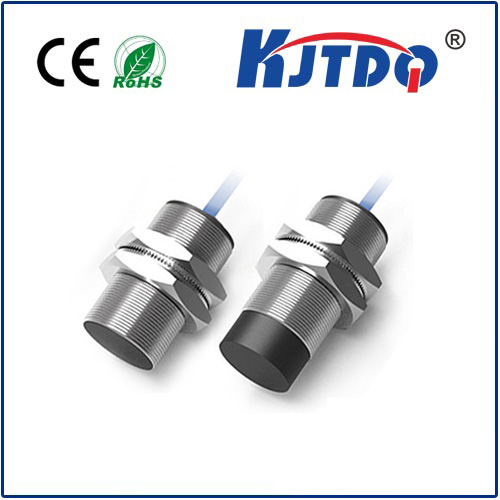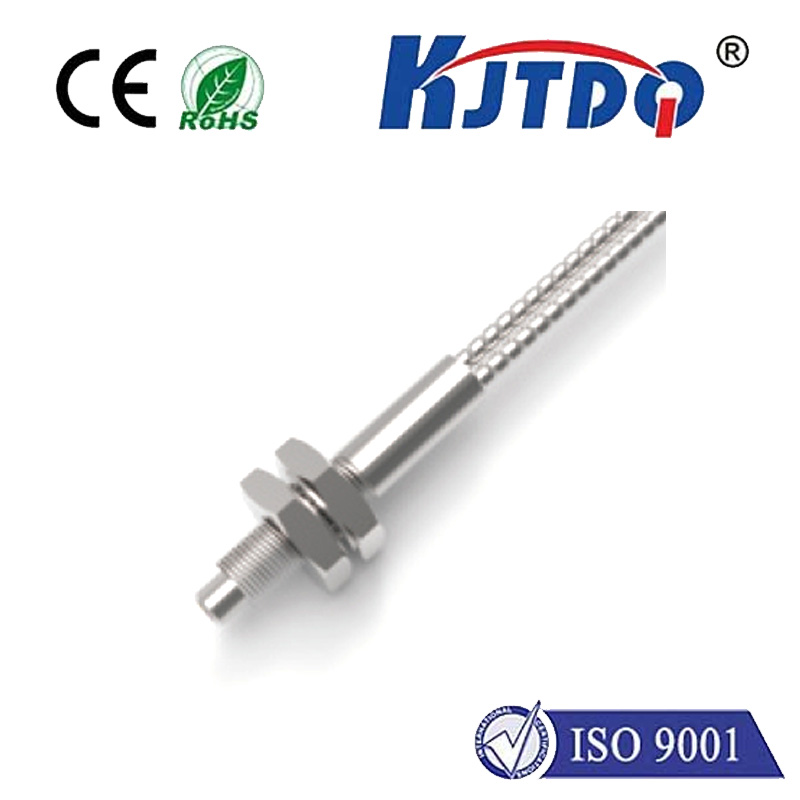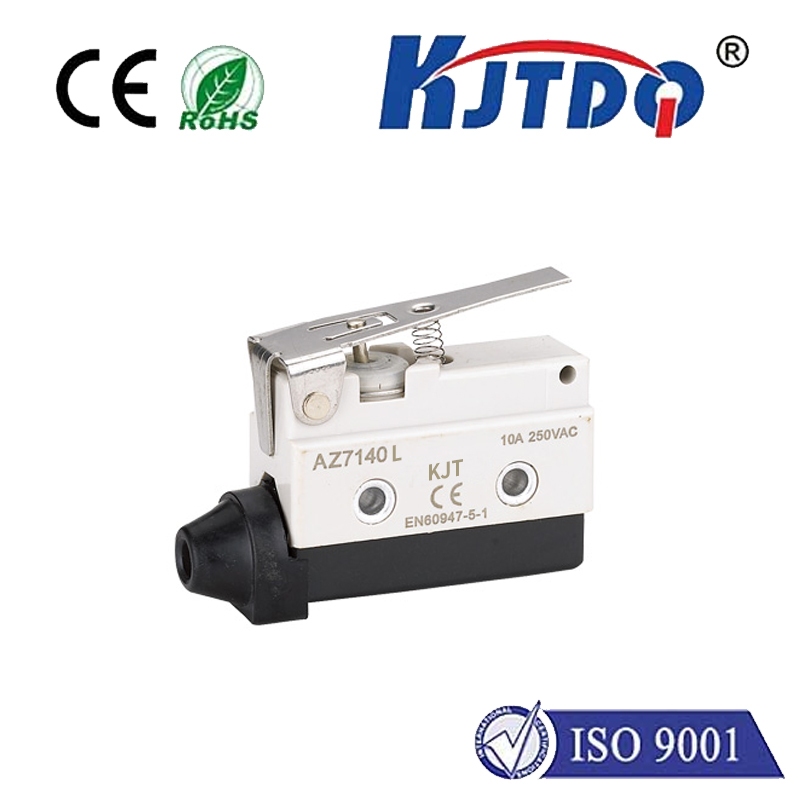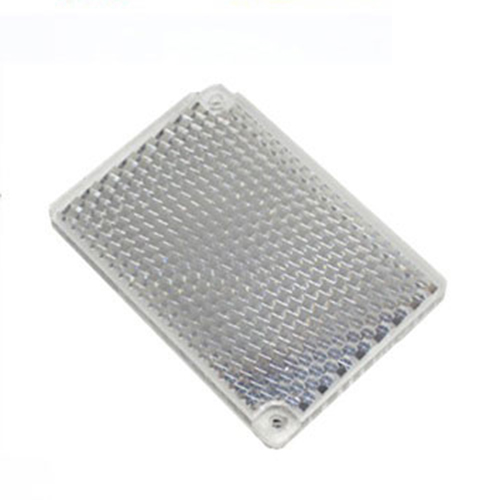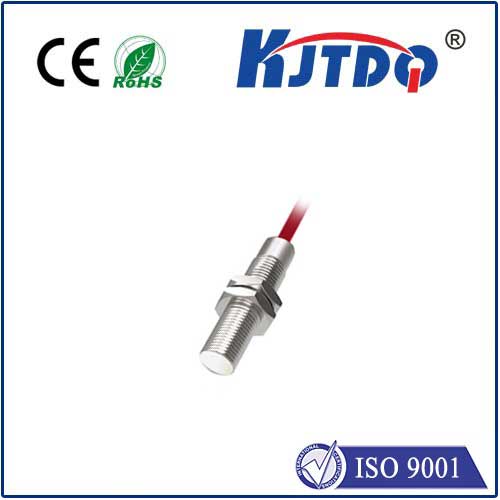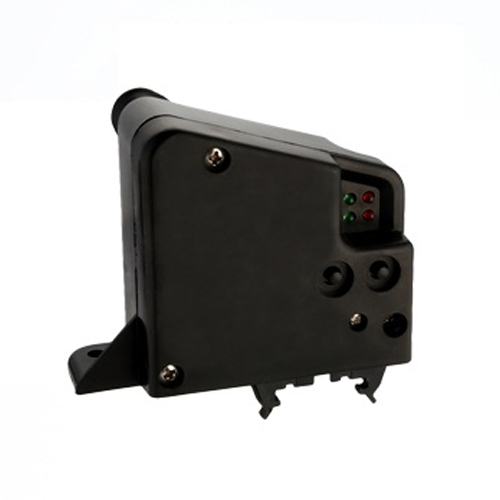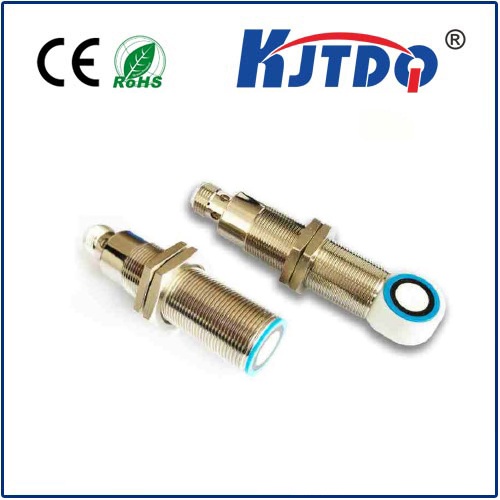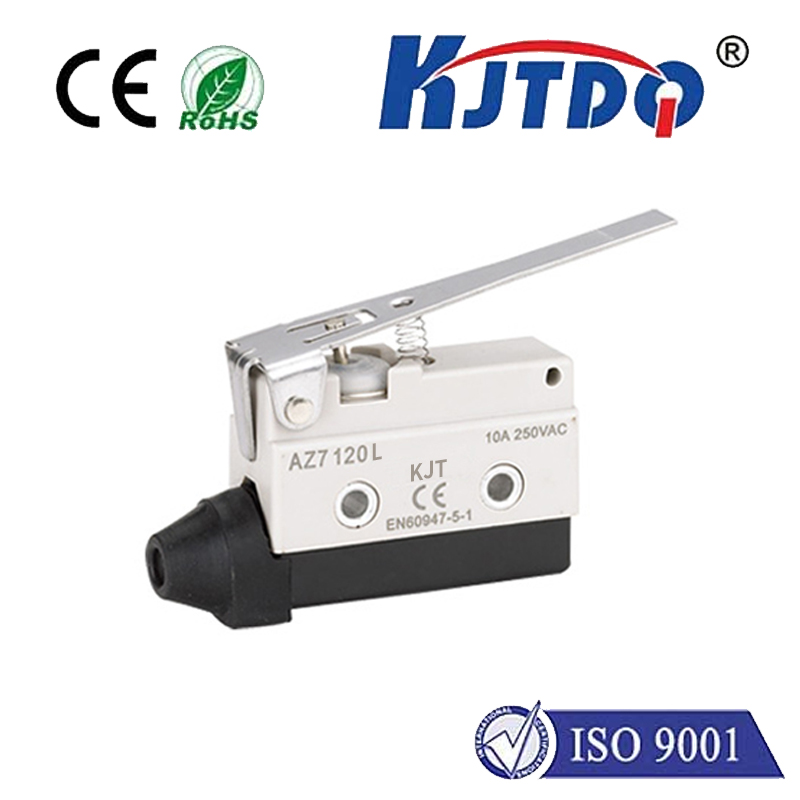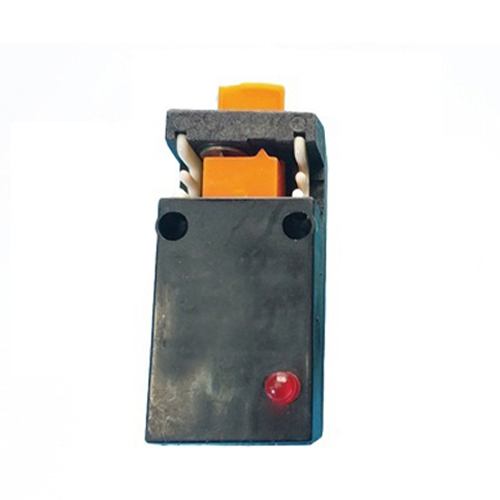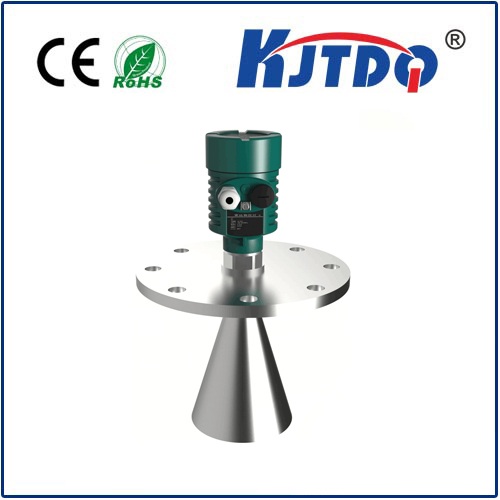

check

check

check

check

check

check

check

check

check

check
### Understanding the Importance of Limit Switches in grbl-Based CNC Machines
In the domain of computer numerical control (CNC) machines, utilizing Grbl as an efficient and reliable embedded solution has become a popular choice among makers and engineers. One of the fundamental aspects that ensure the safe operation and precise performance of these machines is the use of limit switches. In this article, we will delve into the importance of limit switches in Grbl systems, explaining the two common types and how they interact with Grbl's software capabilities to enhance operational safety and accuracy.
#### The Two Types of Limit Switches: A Basic Overview
There are primarily two types of limit switches employed in CNC machine environments: Normally Opened (NO) limit switches and Normally Closed (NC) limit switches. However, in the context of Grbl and many other CNC setups, the Normally Opened type is predominantly used. This configuration involves switches connected in parallel, wherein if the machine's head encounters one of these switches, the resistance drops significantly (below 10 Ohm). While the wiring for NO switches is straightforward and cost-effective, it carries a drawback: it fails to provide any indication if a switch disconnects or a wire breaks, potentially leading to unmonitored machine movements beyond safe limits.
#### The Role of Limit Switches in grbl Systems
Grbl is renowned for its ability to harness both hardware and software mechanisms to ensure precision and safety in CNC operations. In terms of limit switches, Grbl not only relies on the physical triggering of these switches to restrict machine movement within defined boundaries but also leverages them for crucial functions like homing the machine. Homing refers to the process where the machine finds its starting point or zero position, ensuring that all subsequent movements and operations are referenced accurately from this datum.
Furthermore, Grbl introduces a compelling feature with its software limit functionality. This addition allows users to define software-based limits that act as a secondary safeguard, should any hardware fail. It works by monitoring system coordinates and ensuring they do not exceed the parameters set in the software. This approach not only fortifies the operational integrity of the CNC machine but also opens up possibilities for reduced dependency on physical limit switches, thereby simplifying machine design and maintenance.
#### Enhancing Safety and Efficiency
The integration of limit switches within Grbl's operational schema directly impacts the overall safety and efficiency of CNC processes. By effectively using these switches, machines can avoid surpassing physical boundaries, preventing potential collisions or damage to the workpiece or the machine itself. Moreover, accurate homing through limit switches ensures that each project starts with precision, eliminating waste and boosting productivity by minimizing setup times and errors.
In conclusion, understanding the role of limit switches in Grbl-controlled CNC machines underscores their significance in enabling safe, precise, and efficient manufacturing practices. Whether through physical interaction with the machine's structure or through Grbl's advanced software capabilities, limit switches stand as vital components in the toolkit of CNC operations. Embracing both the hardware and software facets of limit switches enriches the user experience and elevates the performance standards of CNC machinery in diverse applications ranging from simple crafts to high-precision engineering tasks.
